There are two big changes in weather: The snow has stopped and The Weather Channel is being sold.

Also, you can say the owner is a real person for two more reasons: The new owner is not a partnership between three corporations, like in the past — and he was one of the stars of the TV show Real People!
Deadline magazine reports Byron Allen bought the Weather Group, parent company of The Weather Channel TV network, for about $300 million. His wholly-owned Entertainment Studios paid a lot less than the $3.5 billion the owners spent for the company in 2008. IBM bought The Weather Company’s digital Product and Technology Businesses — WSI, Weather.com, Weather Underground and The Weather Company brand — in 2015.

The Weather Channel and Local Now streaming service had been owned by The Blackstone Group, Bain Capital and Comcast/NBCUniversal. Deadline pointed out those groups “experimented with longer-form programming and big-name talent” such as Al Roker and Sam Champion.
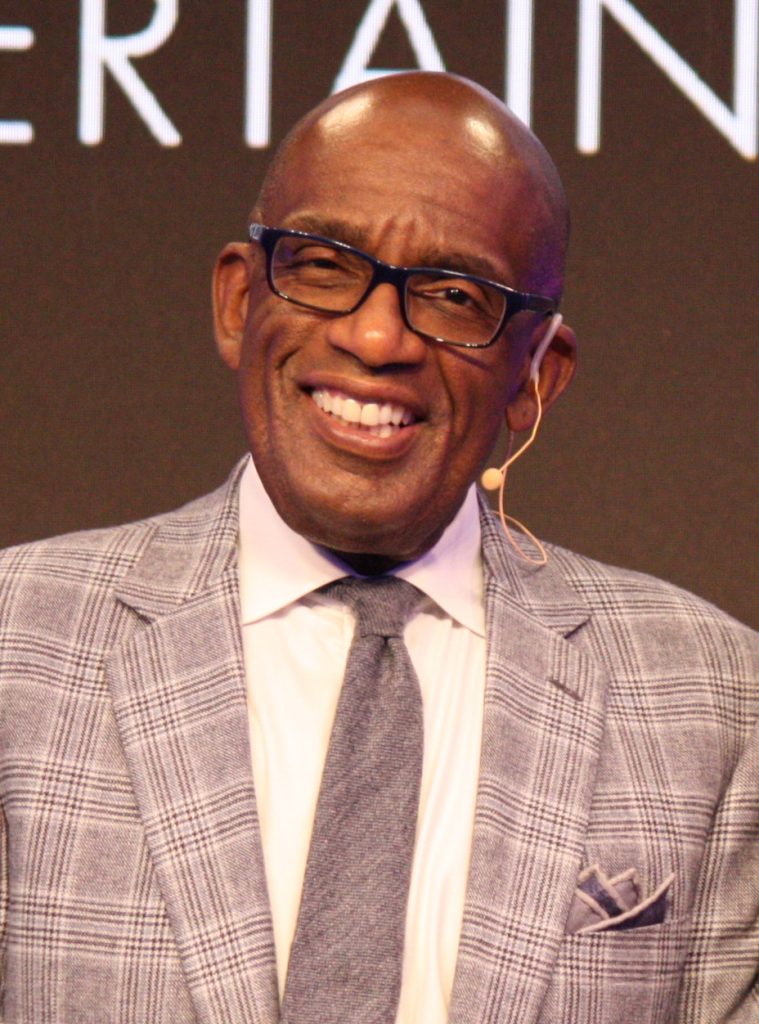
October 2014, Wikipedia 
Twitter
It also said Allen, “comedian-turned-entrepreneur, has been growing his Entertainment Studios, which became the largest independent producer of first-run syndicated programming.”
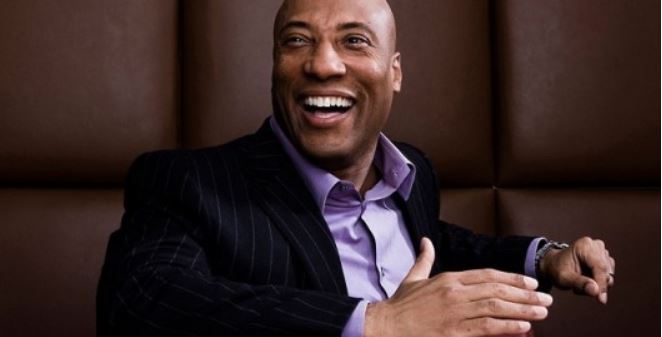
Allen has also been busy in court. In April 2017, a federal judge denied Charter Communications’ Motion to Dismiss his $10 billion lawsuit for racial discrimination in contracting.
Allen said at the time,
“This lawsuit was filed to provide distribution and real economic inclusion for 100% African American-owned media. The cable industry spends $70 billion a year licensing cable networks and 100% African American-owned media receives ZERO. This is completely unacceptable. We will not stop until we achieve real economic inclusion for 100% African American-owned media.”
Allen had also sued Comcast, Time Warner Cable and Rev. Al Sharpton for $20 billion, claiming “black media companies receive a small share of the annual spending on cable licensing.”
He claimed,
“The industry spends about $50 billion a year licensing cable networks in which 100 percent African American-owned media receives less than $3 million per year in revenue from that $50 billion stream of money that is spent to acquire content.”
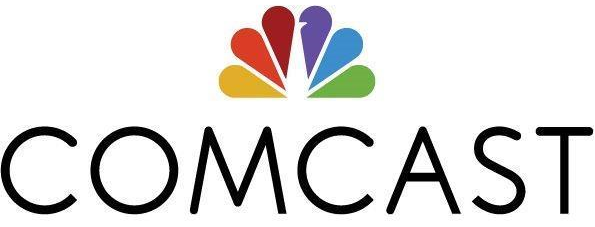
Allen also accused media companies of adding insult to injury by throwing money at Sharpton, employed by Comcast-owned MSNBC — saying they used “the least expensive negro” to “cover” up their track record of “blatant” discrimination.

January 2015, flickr 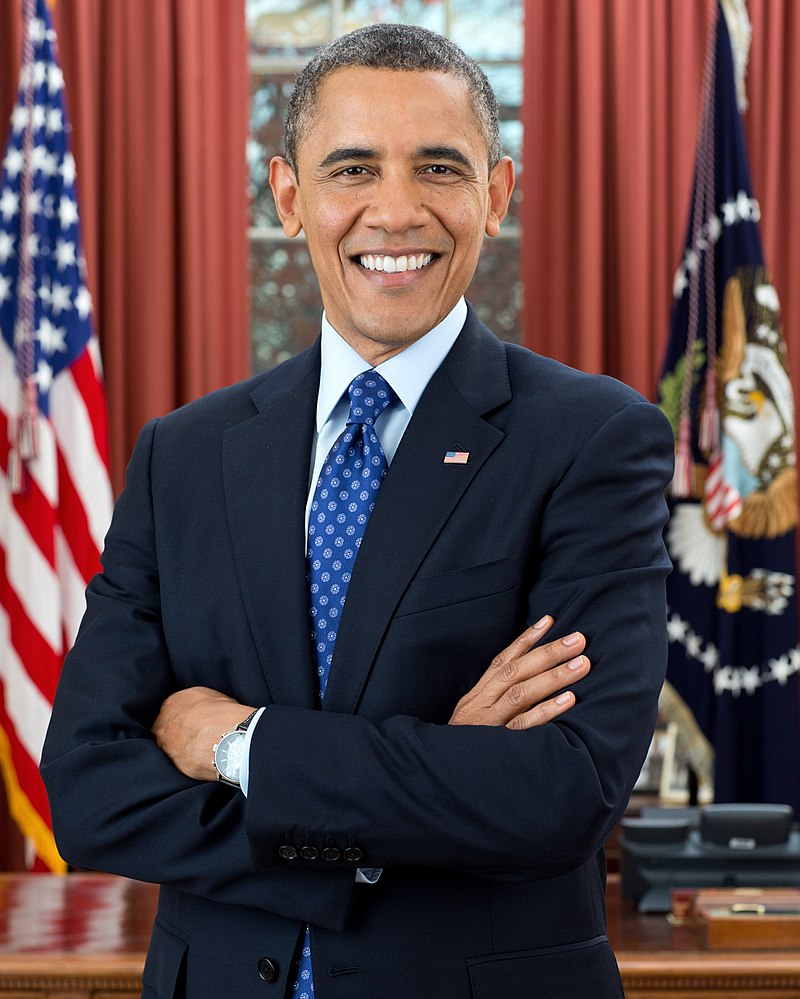
Official White House Photo
On top of that, Allen called President Obama “bought and paid for” by Comcast.
“What happened in the Obama administration is former (FCC) commissioner Meredith Attwell Baker voted for the merger of Comcast NBCU and then 90 days later took a much higher paying job with Comcast after granting them the merger,” Allen said. “That was betraying the public’s trust as a public service.”
As of April 2017, that suit was pending. At least part of it had been dismissed, but Allen was appealing. I could not find anything on Entertainment Studios’ website while searching for Comcast, Warner, Time-Warner, or Sharpton.
Byron Allen: Black people are doing worse under President Obama.
https://www.youtube.com/watch?v=zFsh2qeoxlk
Byron Allen standing by his controversial comments.
But he sued AT&T and forced the company’s subsidiary DirecTV to pick up seven Entertainment Studios Networks channels.
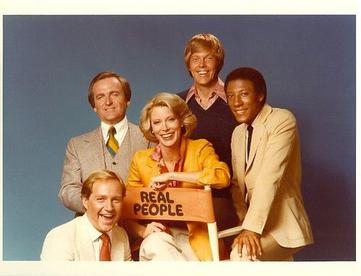
Looks like Allen has turned out to be the most successful of the Real People cast!
A look back at Real People:
Byron Allen heads to cheerleading school:
Byron Allen visits a bar on Venice Beach where disco on skates is king:
Byron Allen visits the experimental aircraft convention and talks to vets:
The syndicated Byron Allen Show, 1989-92.
We may have learned the fates of seven TV stations that will be divested if the $3.9 billion Sinclair-Tribune merger I’ve written against time and time again is allowed to happen.
Apparently, they won’t be going far — just to Armstrong Williams.
Wikipedia calls him “an American political commentator, entrepreneur, author of a nationally syndicated conservative newspaper column, and host of a daily radio show and a nationally syndicated TV program called The Armstrong Williams Show.”
The South Carolina native is also the largest African-American owner of television stations in the U.S.
I also can’t leave out the unbelievable: He served as “legislative aide and advisor to Sen. Strom Thurmond.” Yes, the same Strom Thurmond who The New York Times remembered ran
“for president in 1948 as what the press called a Dixiecrat.” …
“He said that ‘on the question of social intermingling of the races, our people draw the line.’ And, he went on, ‘all the laws of Washington and all the bayonets of the Army cannot force the Negro into our homes, into our schools, our churches and our places of recreation and amusement.’
“His opposition to integration, which he often attributed to Communism, was the hallmark of his career in Washington until the 1970’s. In 1971, he was among the first Southern senators to hire a black aide — in recognition of increased black voting resulting from the legislation he had fought. From then on, black South Carolinians, like all other residents, benefited from his skills as a pork-barrel politician who took care of the home folks.
“‘We’ve looked out for the state,’ he said in a 1999 interview, ‘and everything that was honorable to get, we got it.”’
According to a Senate website, “He turned 100 years old in 2002, becoming the oldest person ever to serve as a senator. He also holds the Senate’s record for the longest individual speech, his filibuster against the 1957 Civil Rights Act.” He retired Jan. 3, 2003, and died that June.
According to The Times, “Mr. Thurmond always insisted he had never been a racist, but was merely opposed to excessive federal authority.”
So that was Armstrong Williams’ boss at one point. Wikipedia adds,
“He is principal in Howard Stirk Holdings, a media company affiliated with Sinclair Broadcasting that has made numerous television station purchases.”
The name of the company came from both Williams’ mother’s middle name, Howard, and his father’s middle name, Stirk.
On President Trump’s “sh_thole countries” comment: “An indictment about what’s in his heart.”
African-American conservative and South Carolina native talks about removing the Confederate flag.
Sinclair has been known for using shell corporations like Cunningham Broadcasting to own stations while Sinclair actually operates them, including programming them and doing everything else true owners would do, as an attempt to get by the rules.
Williams has been in business with Sinclair — a corporation with overtly and pushy conservative leanings — before.
Armstrong Williams on President Obama’s “arrogant and dictatorial style.”
The backstory is that Williams helped Sinclair buy Barrington Broadcasting. He got NBC affiliate WEYI-TV in Flint-Saginaw-Bay City, Mich., and CW affiliate WWMB in Myrtle Beach-Florence, S.C., BUT according to Wikipedia,
“Both stations remain operated by Sinclair under a local marketing agreement, which resulted in allegations that the company was simply acting as a ‘sidecar’ of Sinclair to skirt FCC ownership rules. Williams defended the allegations, noting that he had full control over their programming, and received the majority of their revenue.”
He did buy five other stations, three from Sinclair.
Williams’ website has the headline “Howard Stirk Holdings seeks to acquire 7 local affiliates in early 2018!” (really in six cities) and a picture with logos, but no article. At least it says “seeks.”

I found connections to the Sinclair-Tribune deal in all the stations pictured, with just a question about one.
Let’s take a look at the stations (clockwise on above graphic):
- Sinclair’s WLRH-35 in Richmond, Va. (Fox affiliate with CW on subchannel), since Tribune owns competitor WTVR-6 (CBS affiliate).

- North Carolina’s Triad (Greensboro, Winston-Salem, High Point) is where I have my big question. Sinclair owns WXLV-45 (ABC affiliate) and also WMYV-48 (MyNetworkTV affiliate). Tribune owns WGHP-8 (Fox affiliate). I would expect one of those three to go, but the logo on Armstrong Williams’ website is for WCWG-20 (CW affiliate). Just last month, Hearst bought that station from Lockwood Broadcast Group, but it had already been operating the station under a shared services agreement. Hearst also owns the market’s NBC affiliate, WXII-12, making a duopoly. How any other owner would fit in, since Hearst just finished the sale and got a duopoly last month, is a mystery to me — unless The CW plans to change its affiliated station in the market. Note the station already has a good owner that puts a newscast on it, but nothing — not even public service — compares to money when it comes to broadcasting. (Also keep in mind, a month ago, Sinclair made a case to the FCC it should be able to own more than one of the top four stations in Harrisburg, Indianapolis and Greensboro, N.C.)
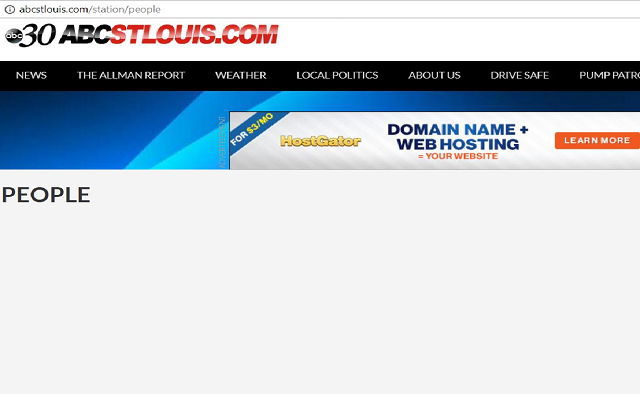
- Sinclair’s KDNL-30 in St. Louis. This weak ABC affiliate with lousy ratings canceled its local news in 2001. From 2011 to 2014, a competitor aired news for it at 5 and 10:00. Then came a year with Family Feud and Who Wants to Be a Millionaire instead of news. Since 2015, it has been airing The Allman Report, which says it has a “debate-driven format,” at 5 and 10pm, and 6:30am. But what about news? Click here for the station’s website’s People page. Notice it’s empty! Tribune owns two competitors in St. Louis: KTVI-2 (Fox affiliate) and KPLR-11 (CW affiliate). Sinclair filed to own two stations in this market. The St. Louis situation could come down to which stations are and are not part of the top four rated in the city, per FCC rules. Read below for details.
- Tribune’s KZJO-22 in Seattle (MyNetworkTV affiliate), since Tribune also owns KCPQ-13 (Fox affiliate that Fox itself really wants to buy), and Sinclair owns both KOMO-4 (ABC affiliate) and KUNS-TV51 (Univision affiliate) there.
- Sinclair’s KOKH-25 (Fox affiliate) and KOCB-34 (CW affiliate) in Oklahoma City. Tribune owns both KFOR-4 (NBC affiliate) and KAUT-43 (independent) there.
- Dreamcatcher Broadcasting’s WGNT-27 (CW affiliate) in Norfolk, Va., which is operated by Tribune, while Tribune also owns WTKR-3 (CBS affiliate) there. Sinclair owns WTVZ-33 (MyNetworkTV affiliate) in Norfolk.

No price has been announced, but it was reported a few weeks ago Sinclair will sell WPIX-New York for a measly $15 million to Cunningham Broadcasting, owned by Sinclair’s founder’s survivors, and WGN-TV Chicago for just $60 million to Steven B. Fader, chairman of Baltimore-based Atlantic Capital Group and business partner of Sinclair executive chairman David Smith in Atlantic Automotive Corp.
That’s peanuts. Pennies on the dollar. No stations above even come close to WPIX-New York or WGN-TV Chicago, each worth hundreds of millions of dollars, maybe a half-billion. But Sinclair will get to run them and possibly buy them back within eight years, if the rules are relaxed further by then.
Both Sinclair and Tribune own many TV stations. You just got a taste of how each company by itself owns several stations in several cities, and that number grows very large — too large for federal regulations — if combined. That means some stations will have to be spun off.
As I’ve written, Fox has wanted to buy several of those stations, especially Fox affiliates in cities with NFL football teams. Both Sinclair and Tribune own several Fox affiliates.
According to Deadline magazine last month,
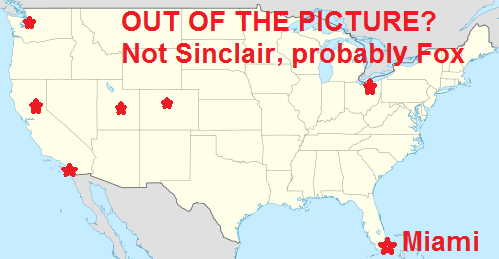
“Fox is in talks to acquire at least six stations from Sinclair, a source confirms. Discussions center Tribune-owned Fox affiliates in five markets — Seattle (KCPQ), Denver (KDVR), Salt Lake City (KSTU), Sacramento (KTXL) and Cleveland (WJW) — and a CW affiliate in greater Miami (WSFL) … contingent upon Sinclair winning regulatory approval for its $3.9 billion Tribune acquisition.”
Whether Fox will get to buy those stations remains to be seen. That’s because:
- Sinclair is already the nation’s largest TV station owner, based on the number of Americans its stations reach. That’s how the count goes, and Sinclair wants as many different people watching its stations — or able to pick them up — as possible. It probably won’t sell more than what’s necessary.
- Of course, it helps to own more than one station in a city, since synergies can save millions of dollars. As a small example, the company will only need one person to answer the phone. Both companies have pushed the legal limit on duopolies, and Sinclair has already asked for waivers. Again, it probably won’t sell more than what’s necessary.
- Fox will need money to buy all those stations, and it planned to sell its film, television, 22 regional sports networks and international businesses to Disney for $52.4 billion — but that plan is no longer certain.
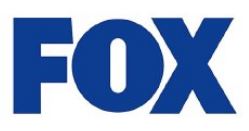

There could be two stumbling blocks for Fox to sell everything but its broadcast network, TV stations, news and business channels, and its FS1/FS2 cable channels.
Reuters reported a group called Protect Democracy Project sued in District Court in Washington for any records of communications on the deal between the White House and the Justice Department, plus
“any related antitrust enforcement efforts by the DOJ, to find out whether the president or his administration is improperly interfering with the independence of the DOJ out of favoritism for a political ally.”

Wikimedia Commons 
Rupert Murdoch, Wikimedia Commons
According to White House Press Secretary Sarah Sanders, President Trump attacked AT&T’s $85.4 billion bid for Time Warner. However, he even spoke to Fox owner Rupert Murdoch in December and congratulated him on his Disney deal!
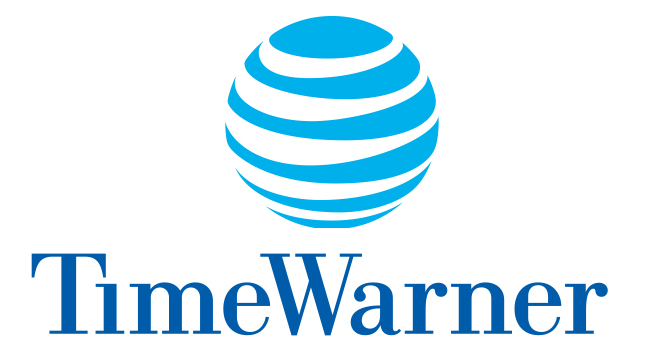
Fox owns Fox News Channel, which Trump likes, and Time-Warner owns CNN, which the president does not like.

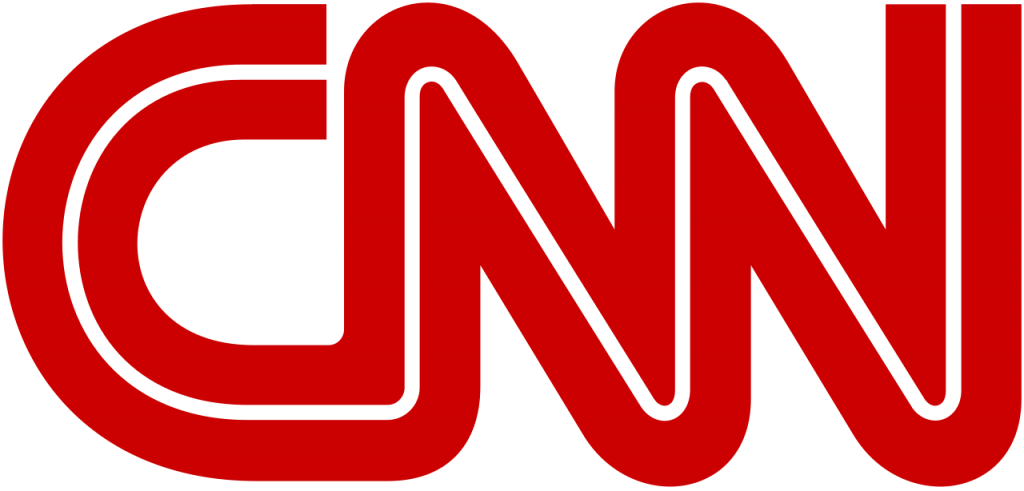
The other problem with the Fox-Disney deal is that it included Fox’s stake in Sky Plc, over in the U.K. The Sporting News called the British satellite broadcaster “one of the most attractive and important assets in the Disney-Fox deal.”

Fox owns 39 percent of it and “has been in a more than year-long fight with regulators in the U.K. to … buy out the remaining 61%” for $15 billion but late last month, Comcast outbid Fox, offering $31 billion for Sky. That’s 16 percent more.

Funny thing is, Comcast had originally even offered more than Disney for all those Fox assets but was rejected!

But let’s be clear on Federal Communications Commission rules on broadcast ownership limits.
It says the FCC
“sets limits on the number of broadcast stations — radio and TV — an entity can own, as well as limits on the common ownership of broadcast stations and newspapers. As required by Congress, the FCC reviews its media ownership rules every four years to determine whether the rules are in the public interest and to repeal or modify any regulation it determines does not meet this criteria.”
- Newspaper and Broadcast Station Cross-Ownership: No “common ownership of a full-power broadcast station and daily newspaper if” the station completely encompasses the newspaper’s city of publication, and they’re in the same Nielsen market, except if the newspaper or broadcast station is failed or failing (or they were grandfathered in). I’ve even come out in support of Fox saving the New York Post from extinction!
- National TV Ownership: No limit on the number of TV stations. (It used to be five.) Now,
“a single entity may own nationwide so long as the station group collectively reaches no more than 39 percent of all U.S. TV households. For the purposes of calculating the ‘national audience reach,’ TV stations on UHF channels (14 and above) count less than TV stations operating on VHF channels (13 and below), this is also known as the UHF Discount.”

The UHF Discount — established in 1985, according to Variety — only mattered when we used antennas because UHF stations had weaker signals and were harder to watch. That’s why they only counted half as much as a VHF station. (It wasn’t until 1965 that the FCC required all new TV sets sold in the U.S. to have built-in UHF tuners to receive channels 14+!)
In 2016, the FCC led by Democrats discontinued it because with digital broadcasting, along with cable and satellite, it’s not needed anymore. But big broadcasters wanted to grow larger than the 39 percent rule would allow (especially Ion Media, a major UHF group). In April 2017, the FCC led by Republicans brought it back!
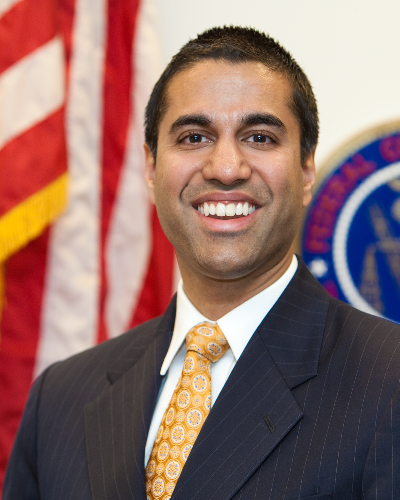
The reason was (arguably) to allow the Sinclair-Tribune merger, and FCC chairman Ajit Pai — appointed by President Trump — is under investigation by his agency’s inspector general for his role in that. (Considering today’s technology, can you think of any other reason the FCC brought it back?) Then, in December 2017, the “FCC voted … to launch a review of the FCC’s national 39% broadcast audience reach cap,” according to Broadcasting & Cable magazine. B&C also reported Pai claimed “he was restoring the discount … to consider it in tandem with the (39 percent) cap.” Plus,
“We need to take a holistic look at the national cap rule, including the UHF discount,” Pai said of the item. “The marketplace has changed considerably due to the explosion of video programming options and various technological advances that have occurred since the cap was last considered in 2004. So we need to examine whether our rules should change accordingly. That’s an important discussion that will be informed by the facts in the record — not anything else.”
It also quoted dissenting Commissioner Mignon Clyburn as saying,
“Giving a single broadcaster the means to buy up enough local stations to exceed the 39% cap is inconsistent with the statute and must be rejected.”
- Dual TV Network Ownership: No merger between ABC, CBS, Fox, and NBC. Remember how NBC’s old Red and Blue radio networks were separated?
Local TV Multiple Ownership: A company can own up to two TV stations in the same area if either:
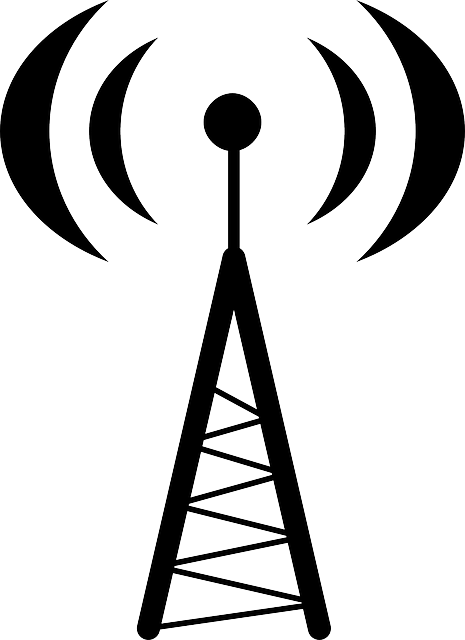
- The service areas — known as the digital noise limited service contour — of the stations do not overlap. (I take this to mean Grade B overlaps, where people living in between two markets — like central New Jersey in between New York and Philadelphia, and Boca Raton in between Miami and West Palm Beach — can pick up stations in both cities that are owned by the same company. But, for example, CBS owns stations in New York, Philadelphia and Baltimore, so there must’ve been waivers.)

- At least one of the stations is not ranked among the top four stations in the DMA (based on audience share), and at least eight independently owned TV stations would remain in the market after the proposed combination. This is important: ratings and number of competitors. Keep them in mind as you read further.
According to Wiley on Media, “The Commission determined that a minimum of eight independently owned and operated television stations was required to preserve competition in local television markets” and “The FCC concluded that top four station combinations had the potential to provide a single firm with an unacceptably high market share.”
This is why Sinclair-Tribune can’t simply keep the two highest-rated stations in a big city if the sale goes through, or more than one in a smaller city.
Local Radio/TV Cross-Ownership: Restrictions are based on a sliding scale that varies by the size of the market.
- In markets with at least 20 independently owned “media voices” (defined as full power TV stations and radio stations, major newspapers, and the cable system in the market) an entity can own up to two TV stations and six radio stations (or one TV station and seven radio stations).
- In markets with at least 10 independently owned “media voices” an entity can own up to two TV stations and four radio stations.
- In the smallest markets an entity may own two TV stations and one radio station.
- Local Radio Ownership: Restrictions are also based on a sliding scale that varies by the size of the market, but there’s no need to go into it here.

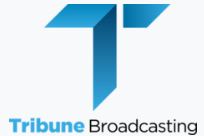
So the bottom line for now is that at this point, we’re learning some more about what Sinclair and Tribune intend to do with other stations they won’t be allowed to keep if their deal goes through — but whether their deal goes through — and whether Fox is able to buy the stations it wants because Comcast outbid Disney for Sky, but still needs approval — is up in the air(waves).
Please, if you like what you read here, subscribe to CohenConnect.com with either your email address or WordPress account, and get a notice whenever I publish.
P.S. In the spirit of weather, here were Casey and Frisky yesterday. As usual, Frisky (left) was more interested in Mother Nature’s show than Casey (right).


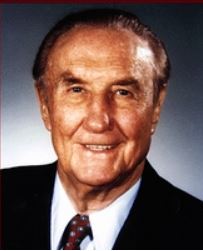
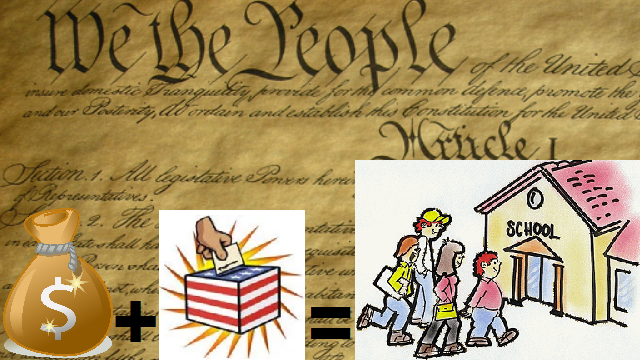



This was a surprise: NBC to Air Byron Allen, Funny or Die-Produced Comedy Special Benefiting Feeding America.
Article lists names of many participants, but nothing about the lawsuit.
https://variety.com/2020/tv/news/nbc-to-air-byron-allen-funny-or-die-produced-comedy-special-benefiting-feeding-america-1234594887/
Byron Allen withdraws racial discrimination case, settles with Comcast – https://www.thewrap.com/byron-allen-withdraws-racial-discrimination-case-against-comcast/
Allen Media Broadcasting, a subsidiary of Byron Allen’s Entertainment Studios, owns about a dozen TV stations. https://www.hollywoodreporter.com/features/byron-allen-his-plans-media-domination-what-you-see-today-will-be-10000-times-bigger-1302245
Byron Allen’s Entertainment Studios says seven of its global TV networks are now being distributed in the UAE, with 12 more Arab countries to come.
https://tvnewscheck.com/article/more-news/251408/entertainment-studios-networks-closes-middle-east-and-north-africa-network-distribution-deal/
Byron Allen plans to buy more TV stations “over the next two years with the goal of being the largest broadcast television group in America.” https://tvnewscheck.com/article/top-news/252430/byron-allen-buying-kitv-honolulu-for-30m/
Most Fox-owned stations adding Byron Allen’s TheGrio.TV to subchannels | https://tvnewscheck.com/article/256754/fox-oos-adding-thegrio-tv-to-subchannels/
Byron Allen targets $10 billion to spend on ABC, CBS, NBC, Fox affiliates in 2021: https://tvnewscheck.com/business/article/byron-allen-targets-10b-to-spend-on-big-four-affiliates-in-21/